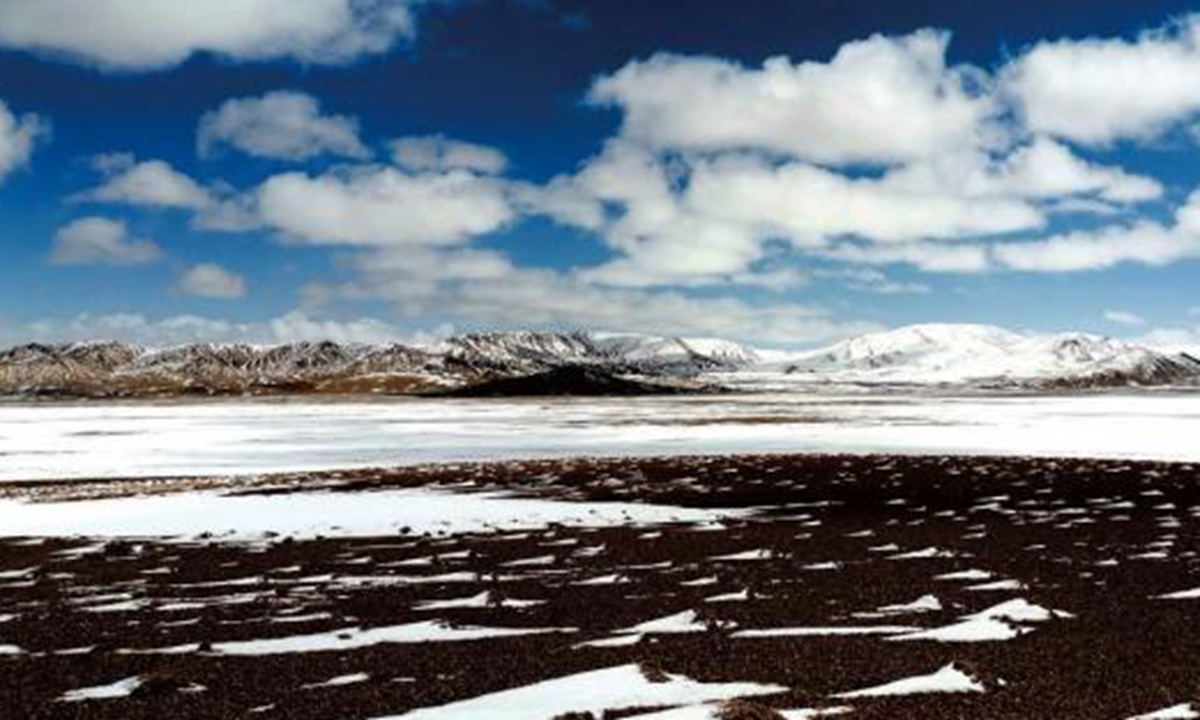ARTS / CULTURE & LEISURE
Researchers discover 388 million yr old reefs in Xizang

The Lazhuglung-Badangco area Photo: Courtesy of Nanjing Institute of Geology and Palaeontology of the Chinese Academy of Sciences
Chinese researchers have discovered reefs dating back to nearly 390 million year in Ngari, Southwest China's Xizang (Tibet) Autonomous Region during a scientific expedition to the Qinghai-Xizang Plateau. The discovery is a first of its kind in the region.The Lazhuglung-Badangco area's geographical evolution has been a hot topic in the academic field in recent years, and research in the field can benefit the understanding of petroleum formation, a representative of the research team from Nanjing Institute of Geology and Palaeontology of the Chinese Academy of Sciences (NIGPAS) told the Global Times on Tuesday.
Studying 1,085 thin sections taken from three patch reefs, experts were able to see clear fossil components and reef structures. The patch reefs date to the Givetian stage (387.7 million to 382.7 million years ago) of the Middle Devonian based on the discovered tabulate coral and stromatoporoid sea sponge fossils. Signs of extensive biotic interactions between reef organisms were found in all three patch reefs, which benefitted reef formation and development.
Liang Kun, the leader of the research team, explained to the Global Times that the reef fossils suggest a "relatively stable structure composed of different organisms."
"It is like all the different households in a city," Liang noted.
According to Liang's team, the patch reefs were home to a diverse range of organisms. The tabulate corals and stromatoporoids were the predominant reef builders, he said.
The discovery is a "first," Liang said. Such a well-built organic structure from the Givetian has never been found in the area.
Liang described the ancient patch reefs as a "storage layer of fossil oil." He said that the discovery is important for oil exploration.
"The research of paleontology and geology is the first step for oil exploration. The discovery helps us to more precisely locate the area's natural oil resources," Liang noted.
In addition, the common species and similar characteristics between the fauna in the Lazhuglung Formation, North Qiangtang Block and those in South China suggest a close geographic relationship between the two places in ancient times.




